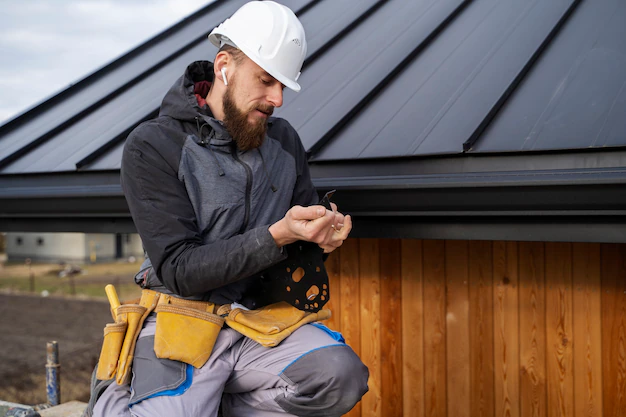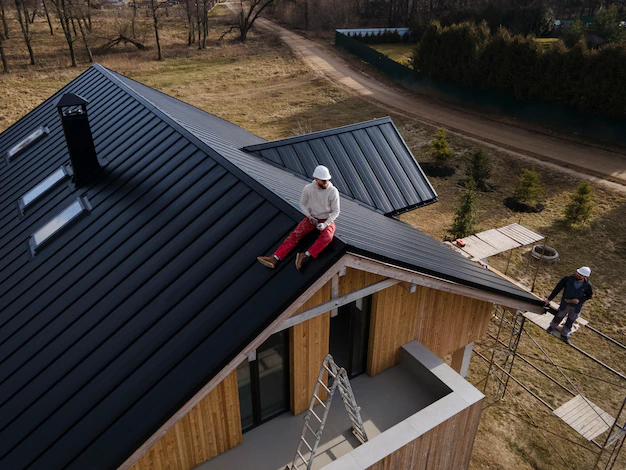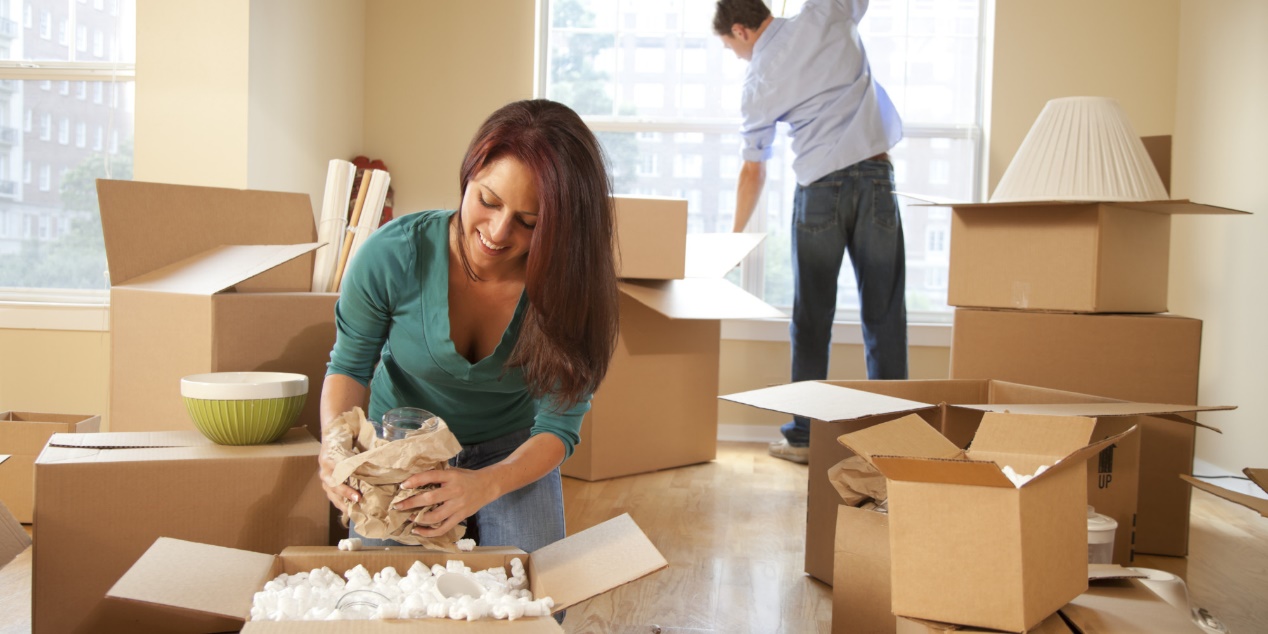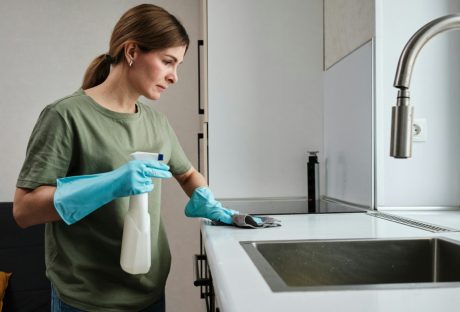In the realm of property ownership, maintaining the health of your roof is paramount. Aerial roof inspections emerge as a game-changer, providing a unique perspective that goes beyond traditional methods.
In this comprehensive guide, we will be discussing what aerial roof inspection is all about and how it benefits. So, what are we waiting for?
Let’s delve into the world of aerial inspections and discover how they can revolutionize your roof maintenance routine.
What Is Aerial Roof Inspection?
Automated aerial systems or vehicles that work remotely generally do not need human intervention. But, most often, the inspector has to take control of his devices to ensure safety. With the advancement of technology, aerial roof inspection came into being.
The drone is helpful in reducing risks because it provides a 360-degree view of the roofs. Moreover, it can trace even the smallest faults at the earliest. In the next section of the article, we will be discovering the advantages of inspecting roofs aerially.
How Does A Typical Aerial Roof Inspection Process Look Like?
A general roof inspection is a bit different. Here, the contractors and building professionals make use of off-the-shelf drones accompanied by software applications. Other steps included in the roof inspection procedure are as follows:
- The pilot, operator, or estimator uses the application to make a flight plan. It is possible to do this either on-site or within the workplace. Furthermore, it includes building address specifications and defining the roof’s perimeter.
- After the plan is ready, the pilot confirms the proper order of everything. They make use of the mobile app or controller to control and launch the drone.
- Next, the drone follows the path automatically along with collecting images and other relevant information. This basically depends on the inspection’s cause and the sensors.
- After 10 minutes, the drone automatically lands as per the program and transfers the data to other devices.
What Are The Benefits Of Aerial Roof Inspection?
Roof inspection plays a critical role in ensuring the longevity and durability of your house. Conventionally, these inspections are a bit expensive. But even after the price factor, there are some advantages of aerial roof inspection. Check them out here:
Unlocking Precision with Aerial Insights
Aerial roof inspections leverage cutting-edge technology to scrutinize every inch of your
roof with unmatched precision. Drones equipped with high-resolution cameras soar
above, capturing detailed imagery that might be easily missed during ground
inspections. This method ensures a thorough examination, leaving no room for
oversight.
Bolstering Structural Integrity
One of the key advantages of aerial roof inspections is their ability to detect structural vulnerabilities early on. By identifying potential issues such as cracks, leaks, or weakened areas, proactive measures can be taken to address these concerns promptly. This not only safeguards your property but also prevents costly repairs down the line.
Time and Cost-Efficiency at Its Finest
Traditional roof inspections often involve time-consuming processes and extensive
manpower. Aerial inspections, on the other hand, streamline this operation. The swift deployment of drones reduces the time required for a comprehensive assessment, translating to cost savings for property owners.
Embracing Sustainability in Maintenance Practices

In an era where sustainability is paramount, aerial roof inspections align seamlessly
with eco-friendly practices. The minimized need for physical access to the roof reduces
the carbon footprint associated with maintenance activities. Property owners can
contribute to environmental conservation while ensuring the longevity of their roofs.
Supporting Innovation and Progress
As we navigate the realms of modern technology, embracing innovative solutions
becomes imperative. Aerial roof inspections showcase a commitment to progress and
efficiency in property maintenance. Property owners adopting this method not only
enhance their roof health but also position themselves at the forefront of
technological advancements in the real estate landscape.
Transitioning to Aerial Excellence
In conclusion, aerial roof inspections stand as a beacon of progress in the realm of
property maintenance. From precision to efficiency and sustainability, this method ticks
all the boxes for an optimal roof care strategy.
Elevate your roof asset management by embracing the power of aerial insights – your roof deserves nothing less. Remember, a well-maintained roof is not just an investment in your property; it’s an
investment in peace of mind.
Read Also:






















